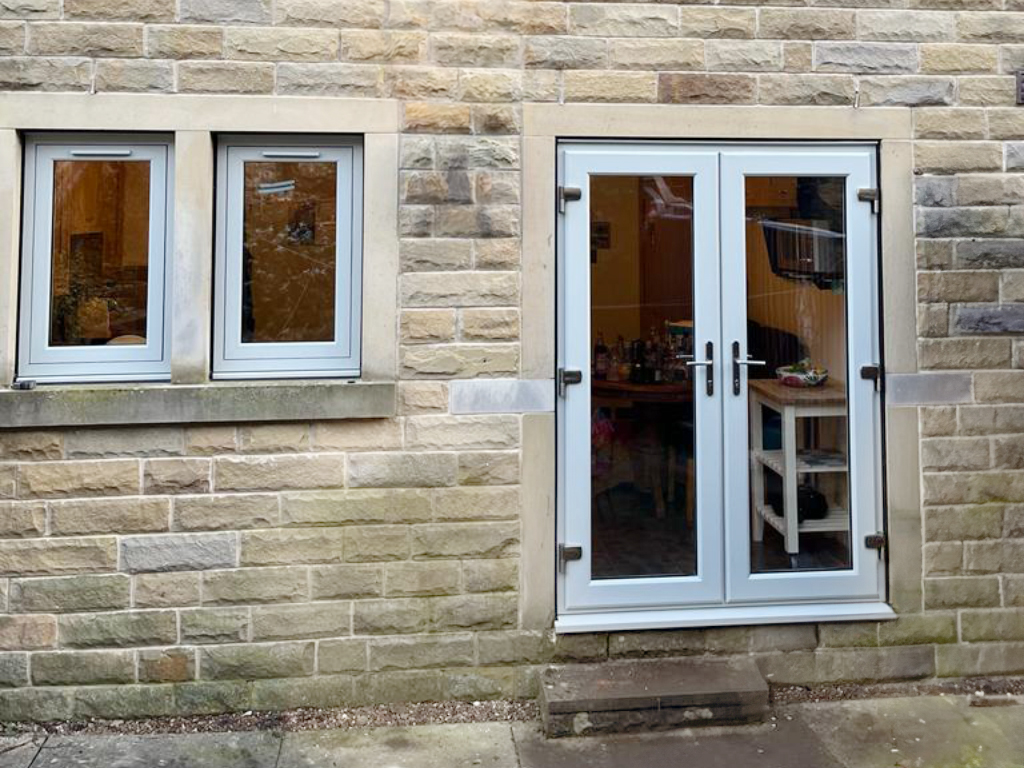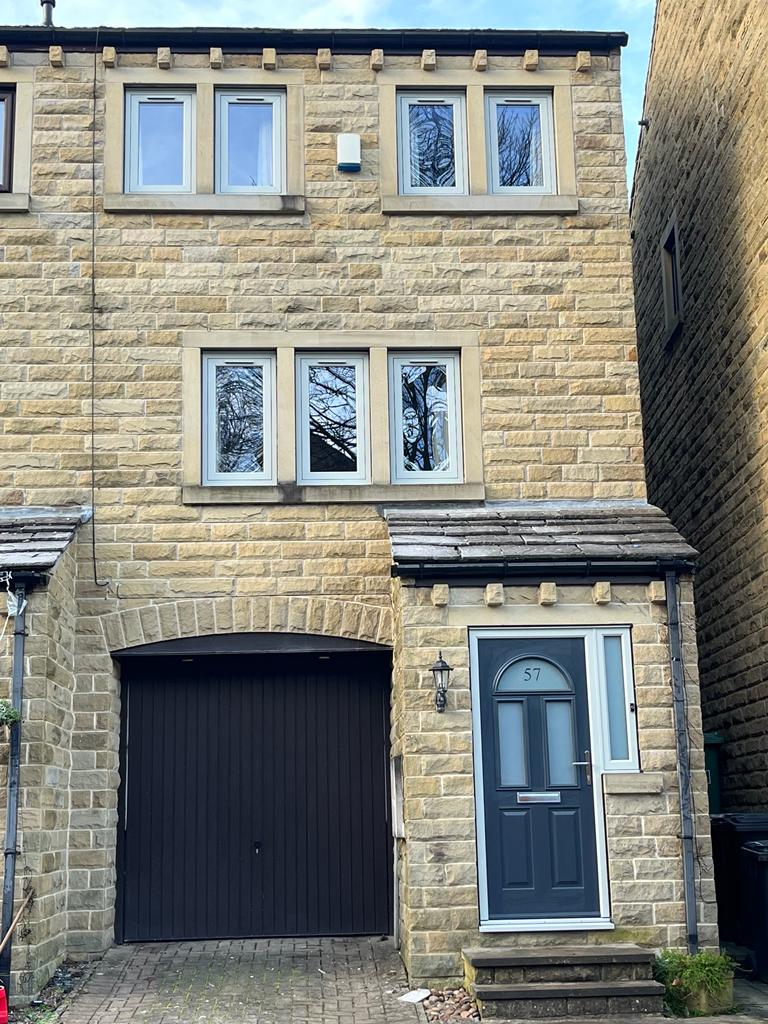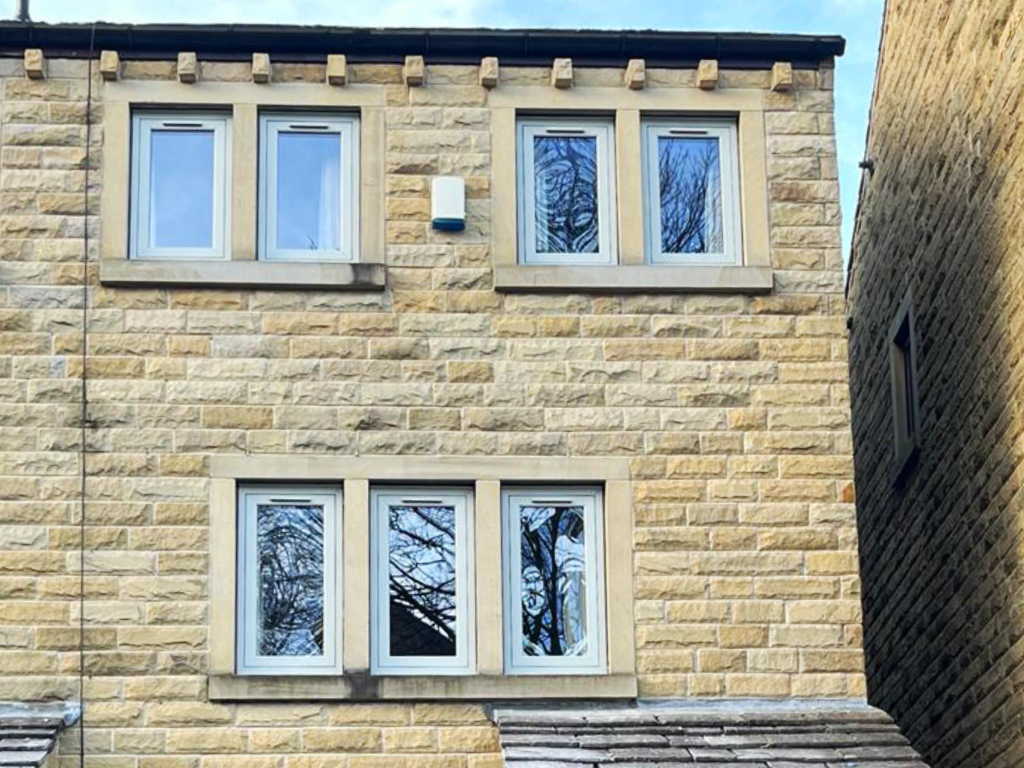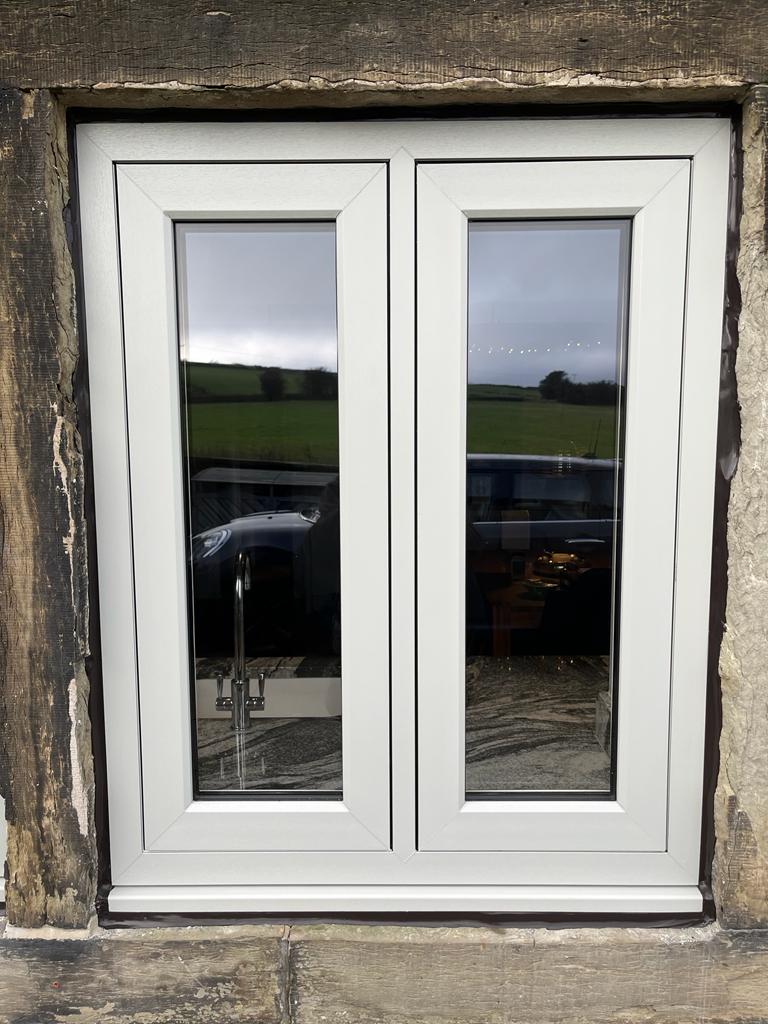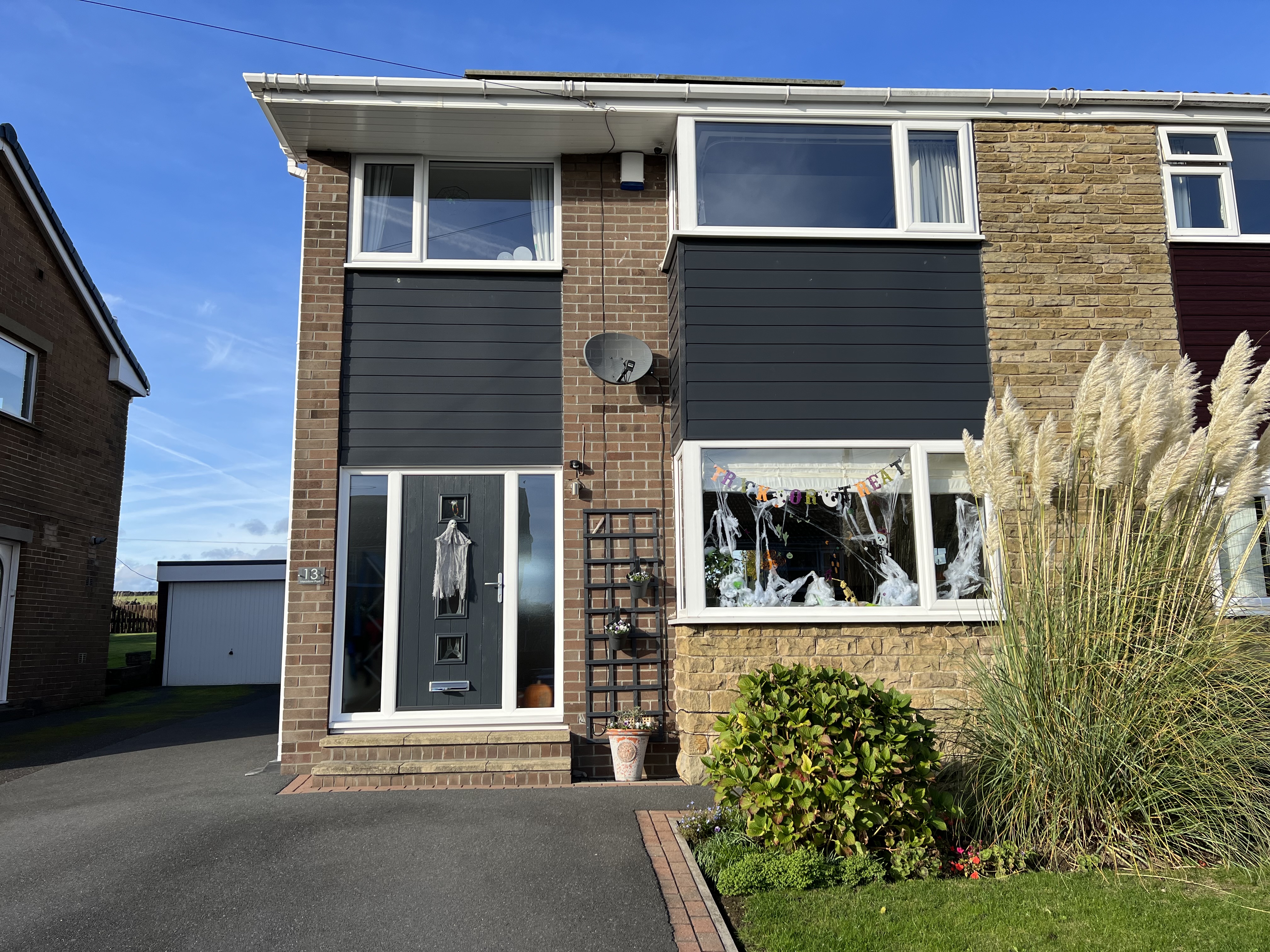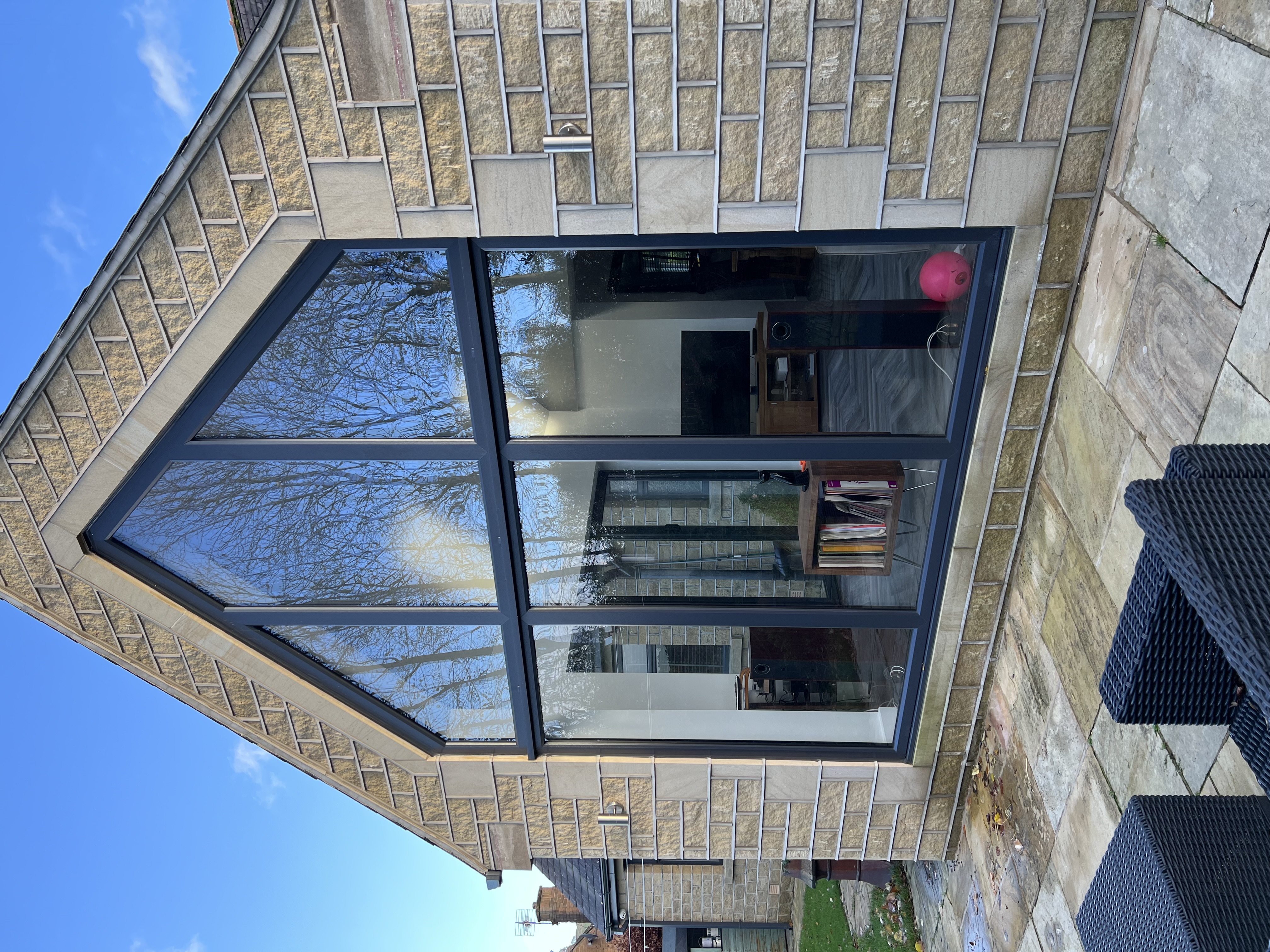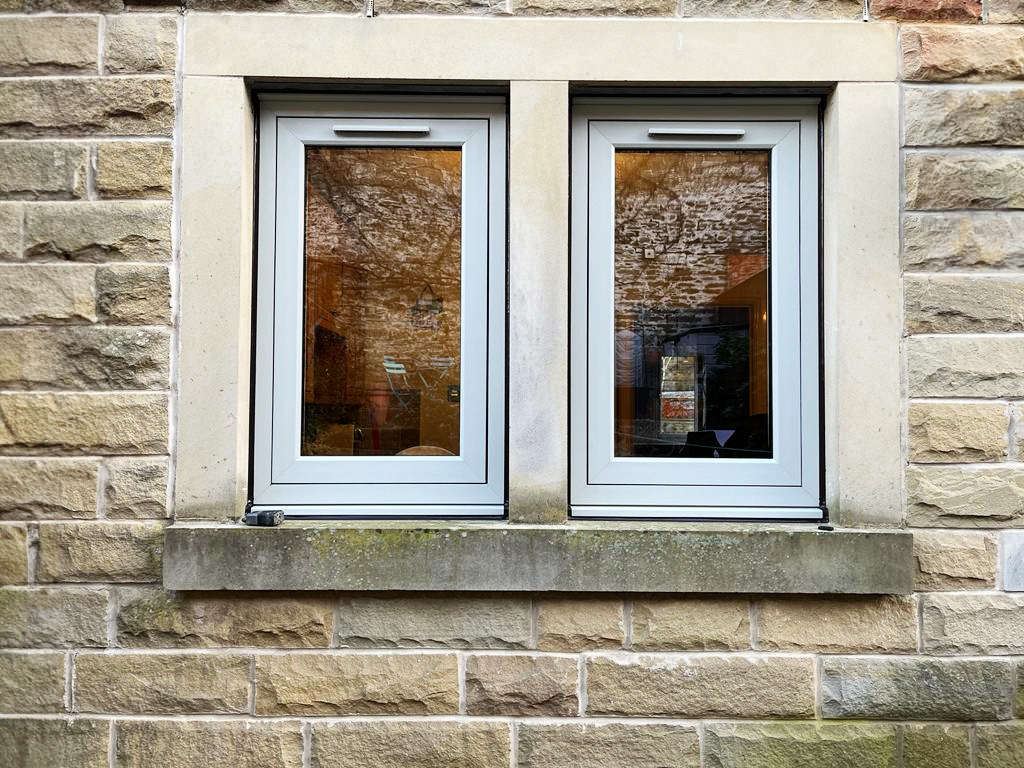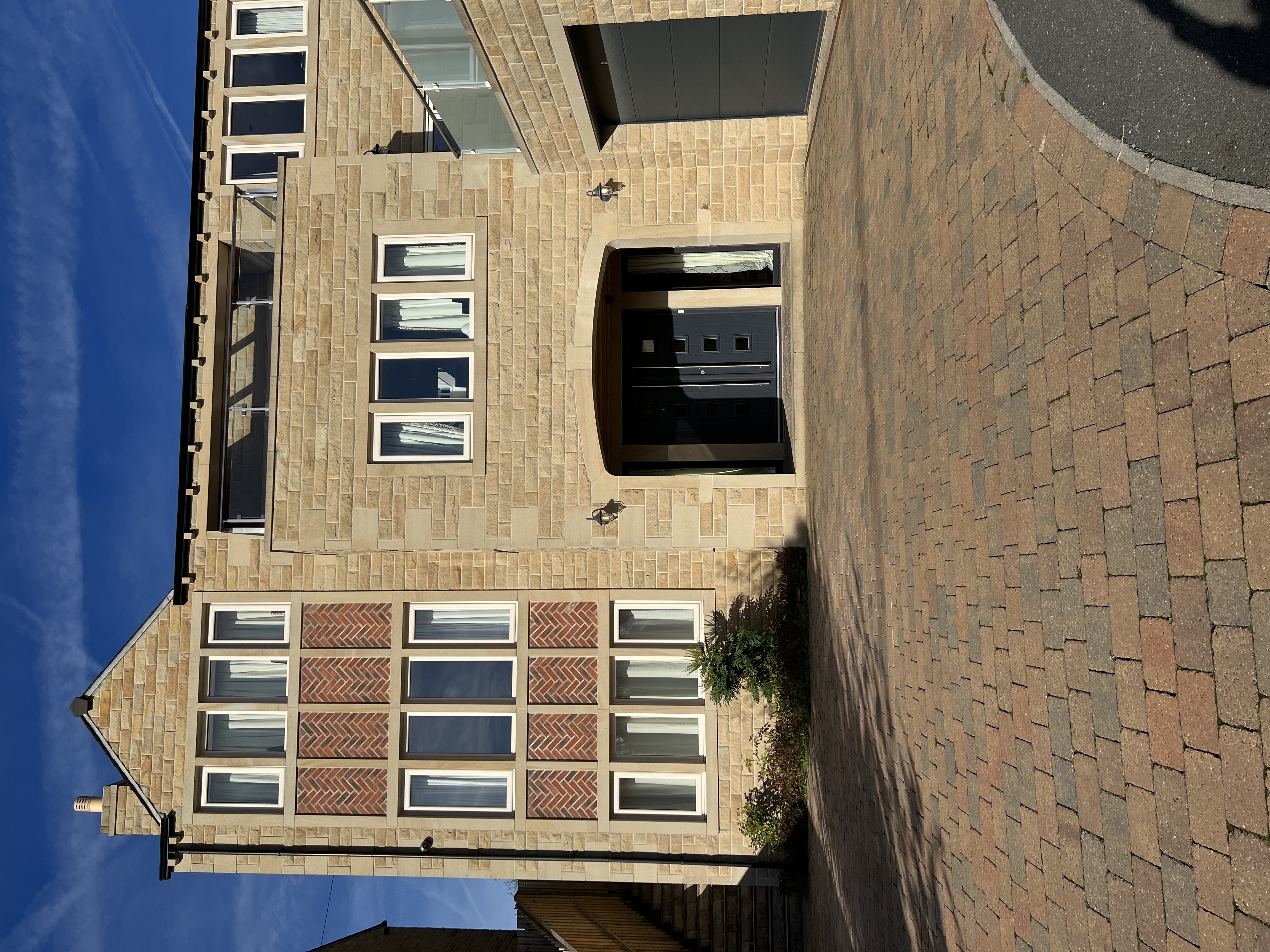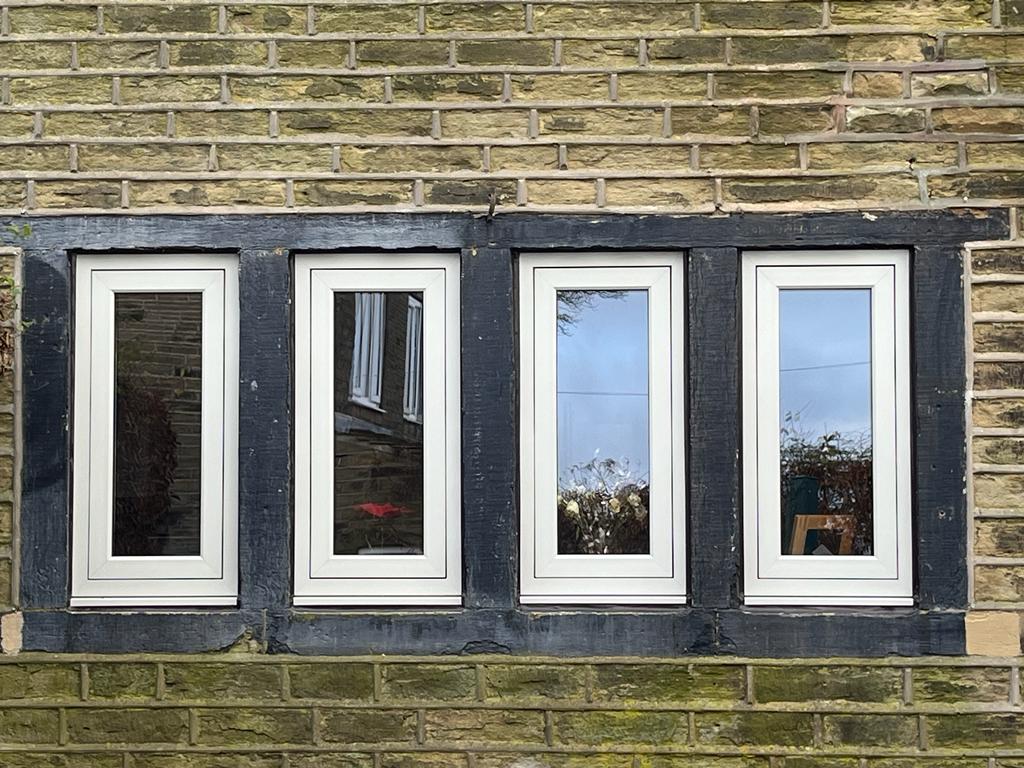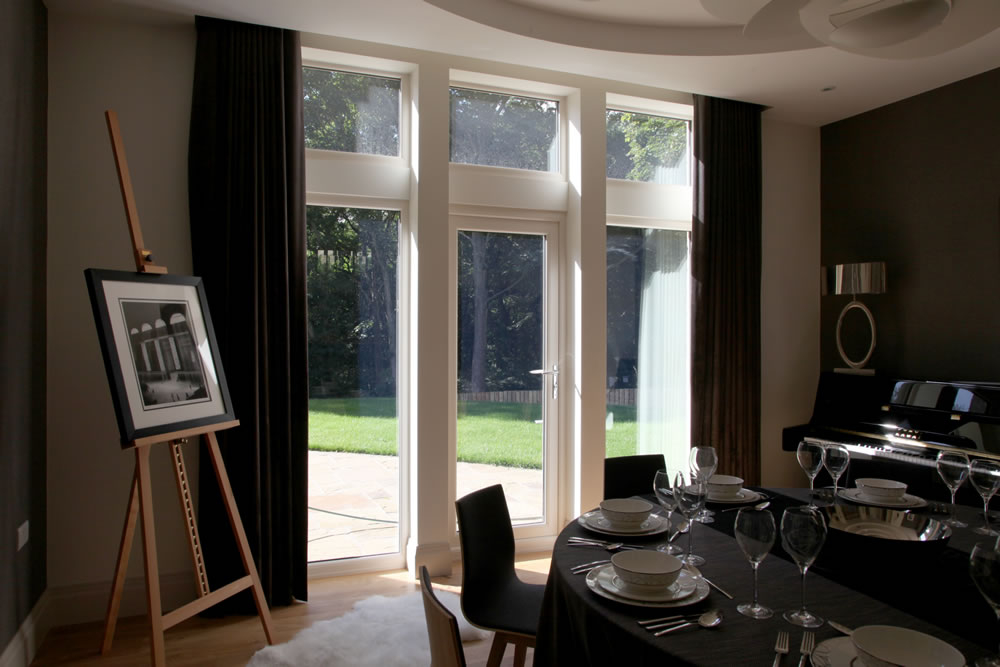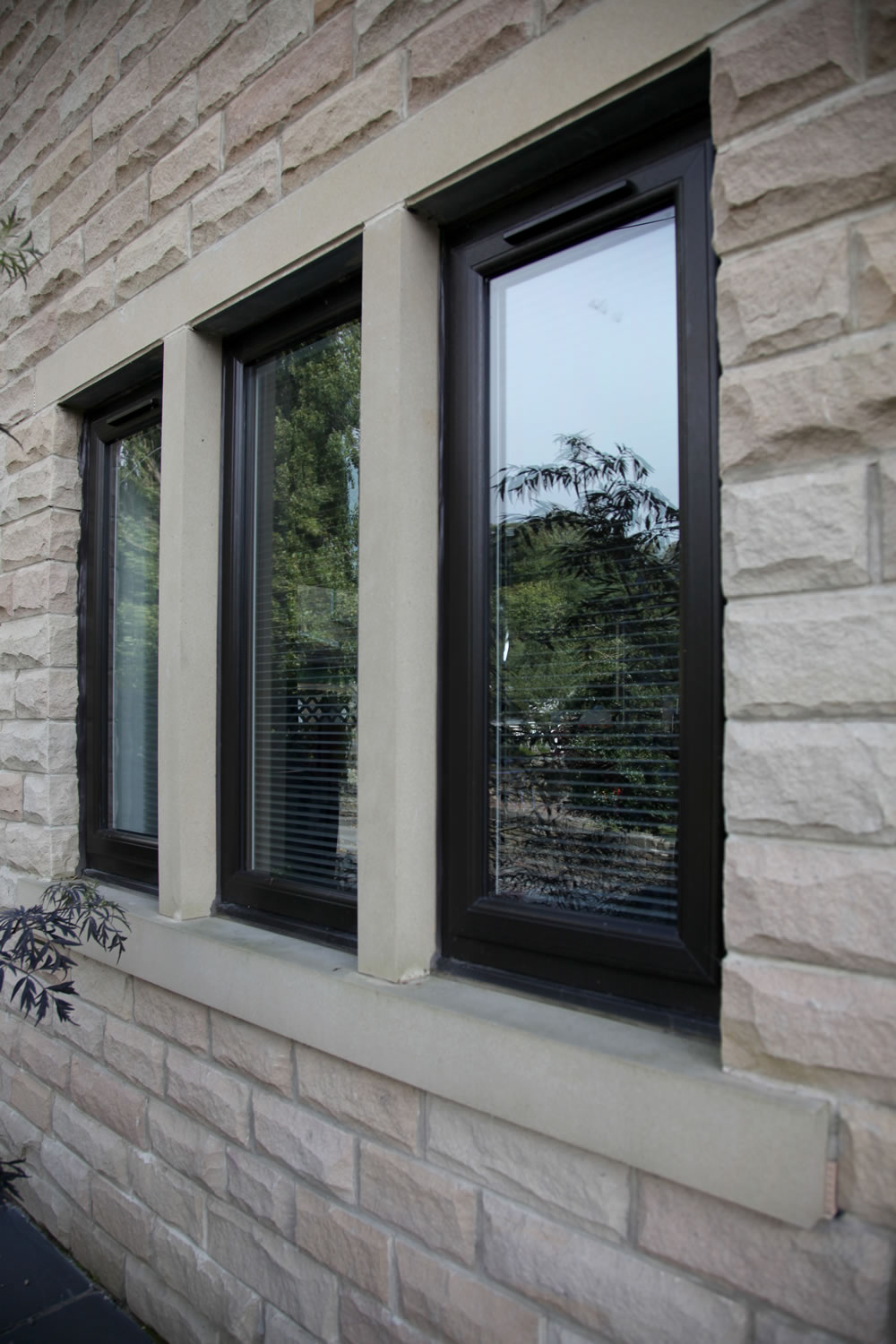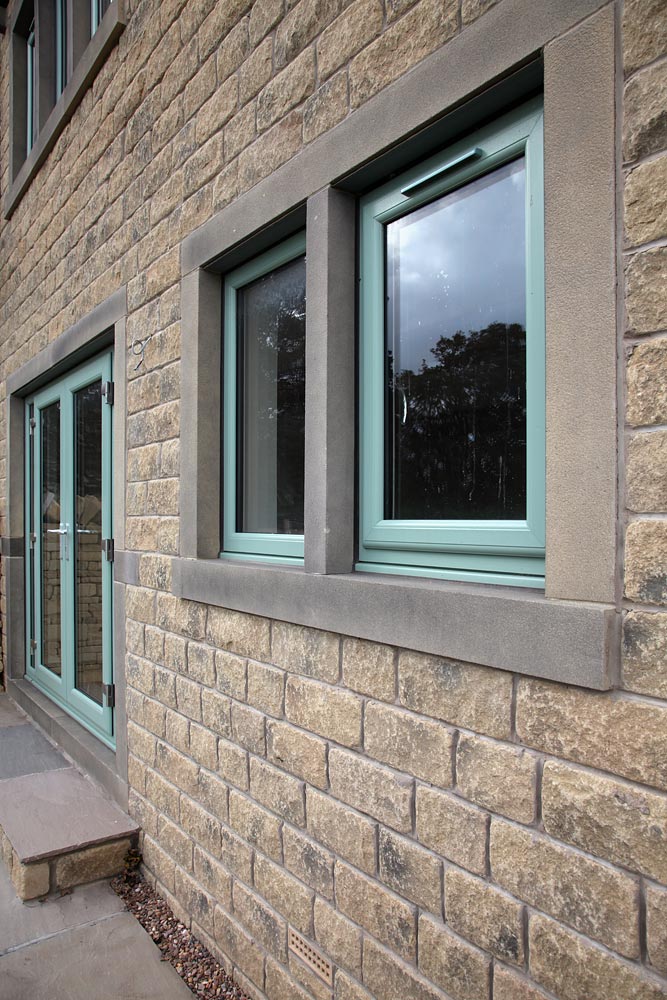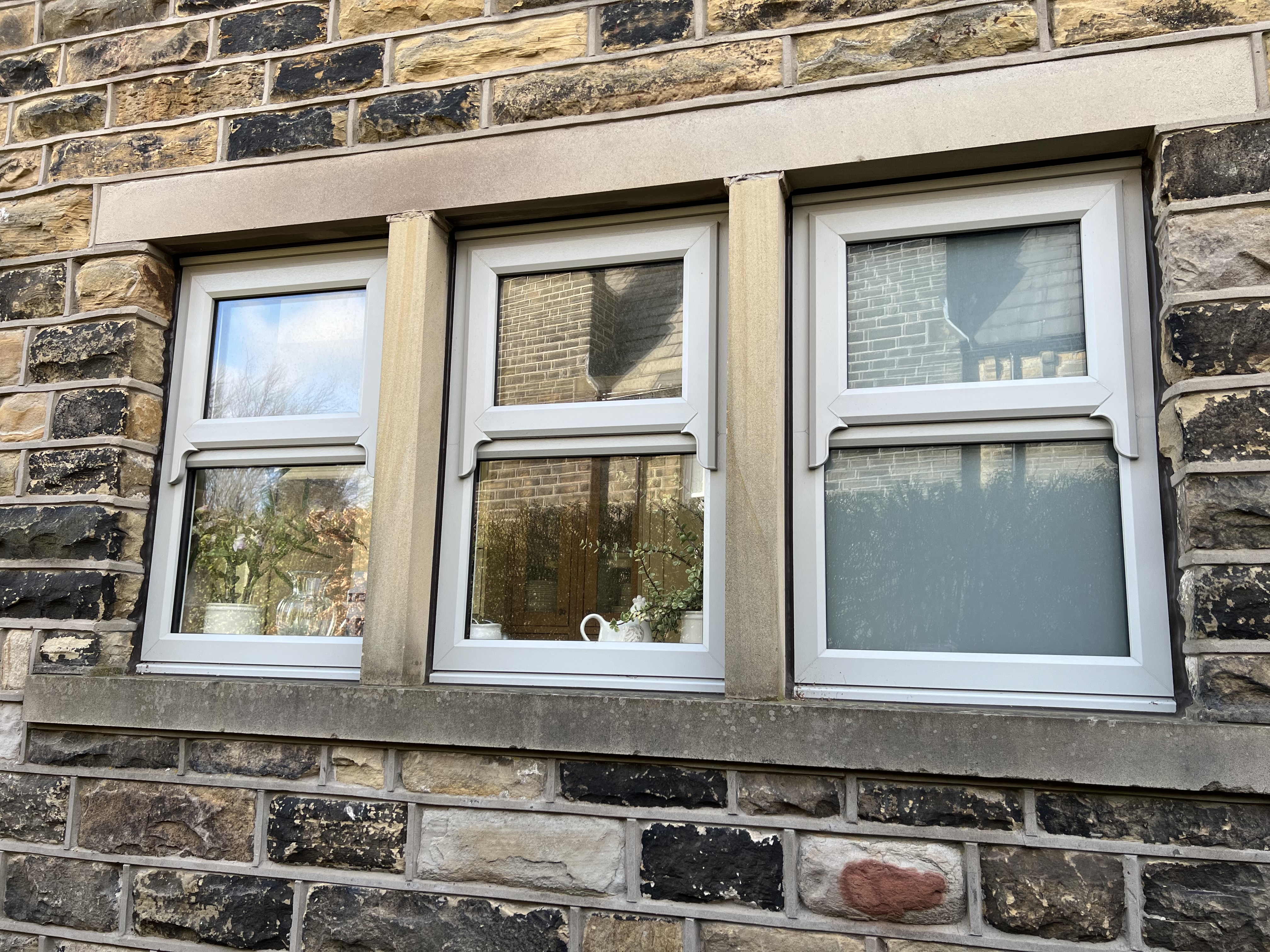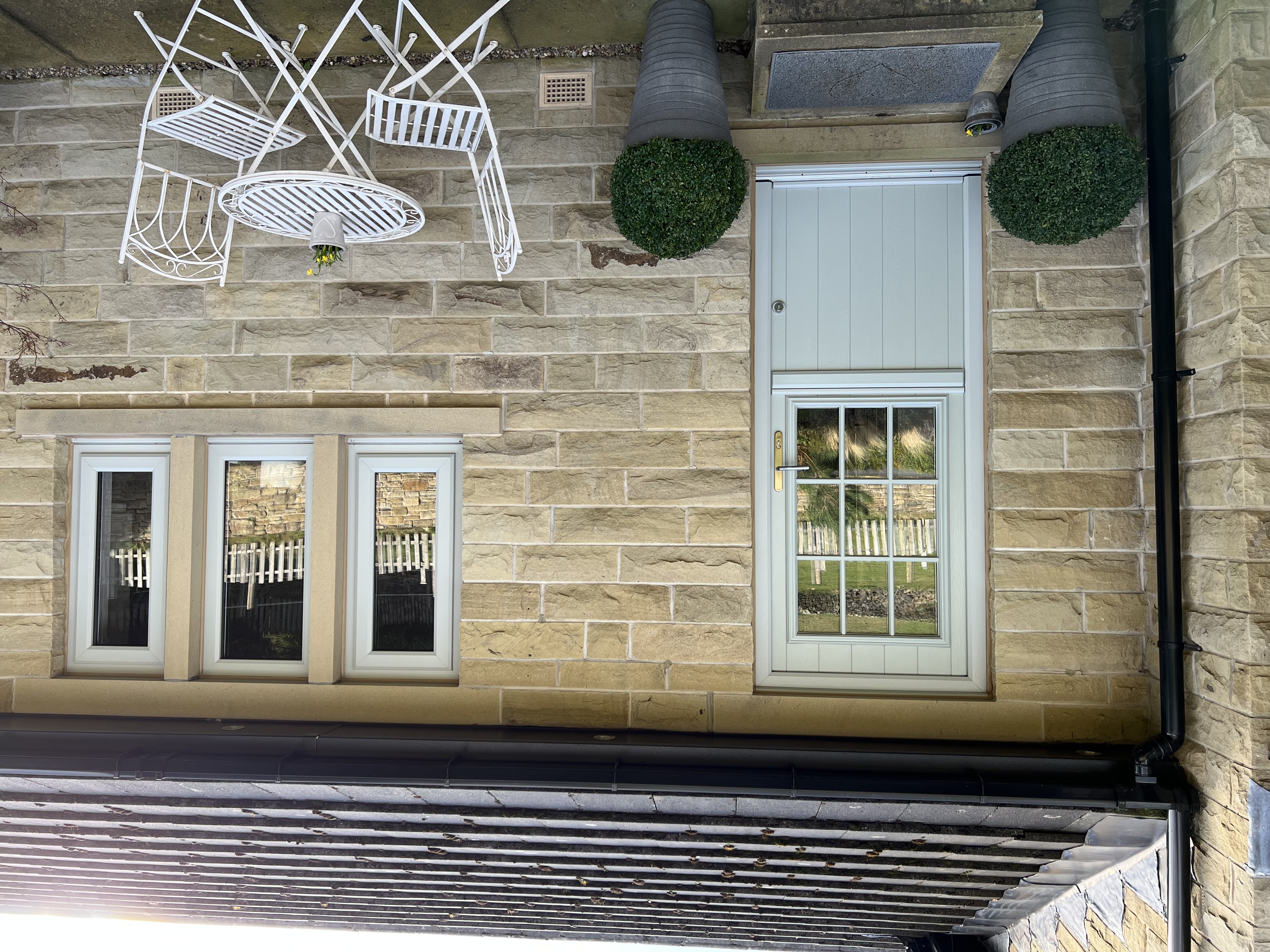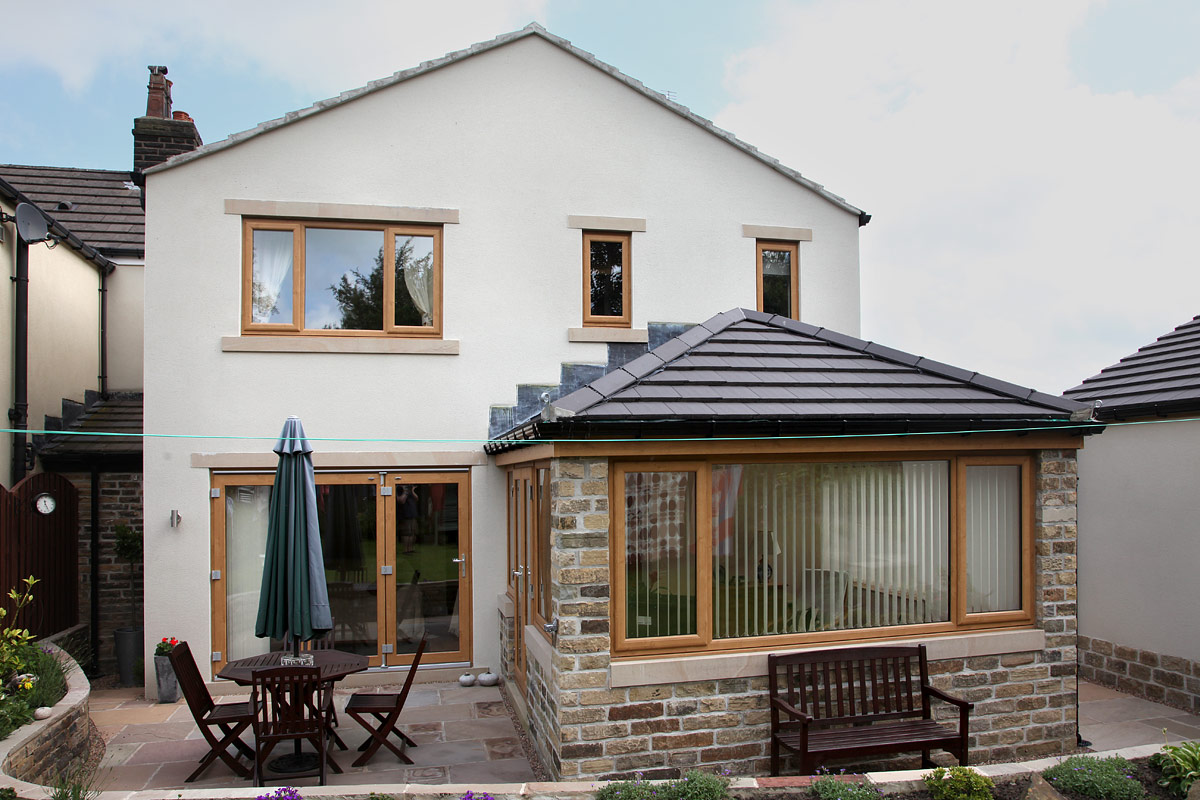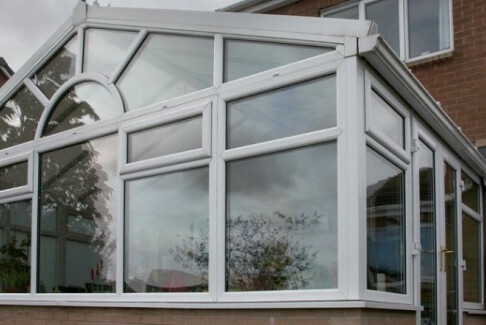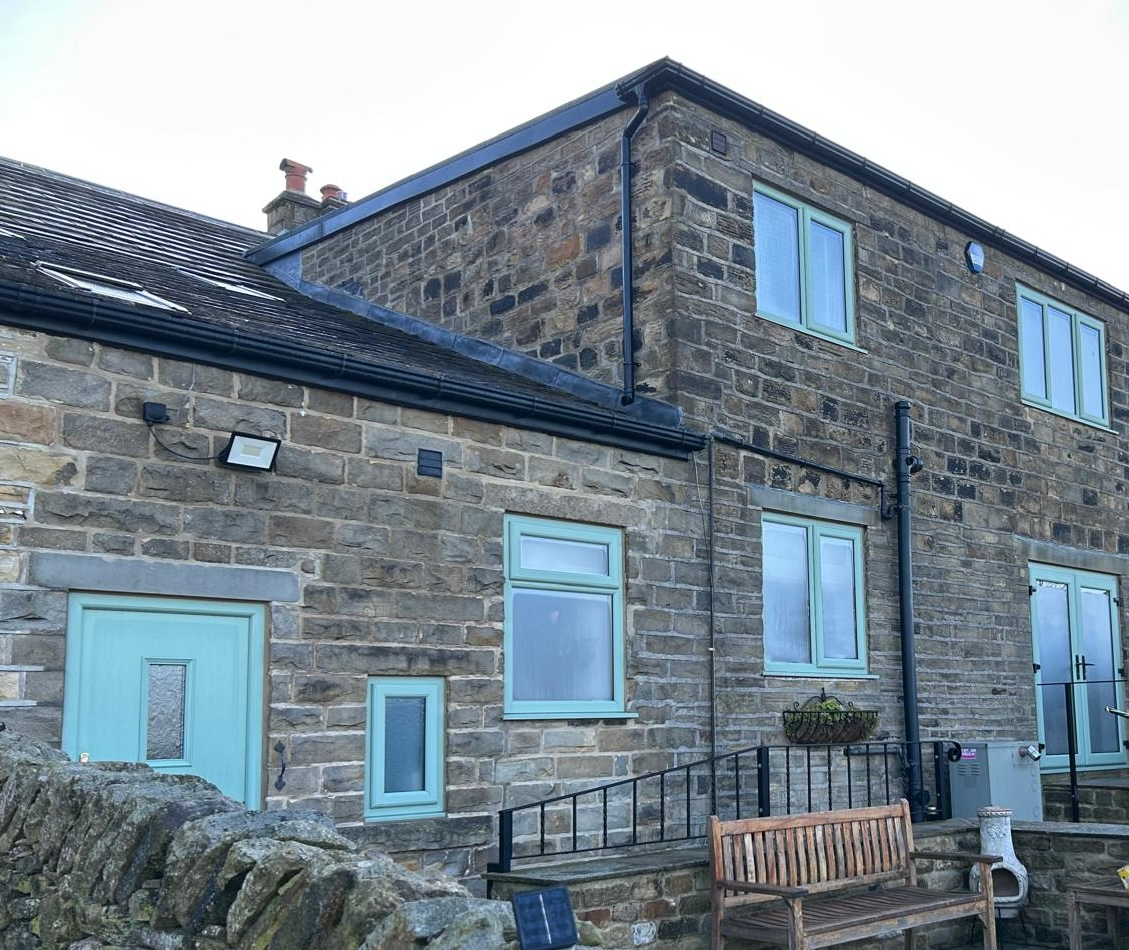
5TH NOVEMBER 2025
WHY CONDENSATION FORMS ON YOUR WINDOWS - AND WHY IT’S NOTHING TO WORRY ABOUT
At Lockwood Windows, we sometimes receive enquiries from homeowners who notice condensation forming on their new windows, particularly in spring and autumn. Understandably, it can cause concern - but rest assured, this is completely normal and actually a sign of your windows working efficiently.
GALLERY
Related Blogs
.jpg)
8th August 2020
What are the benefits of composite doors?
From security to energy efficiency, there are many reasons to choose a composite door if you are looking to upgrade the front or back doors in your home.
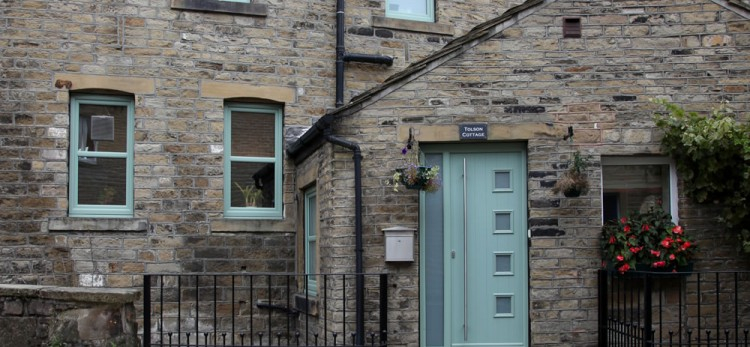
5th May 2017
Homeowners ‘sprucing up their homes rather than moving’
An increasing number of homeowners are choosing to revamp their current property instead of moving home, according to new research by Barbour ABI.

8th August 2015
Local property developer Eastwood Homes has once again called on the services of the team at Lockwood Windows to provide windows and doors for its latest development of new homes in Holmfirth.
Local property developer Eastwood Homes has once again called on the services of the team at Lockwood Windows to provide windows and doors for its latest development of new homes in Holmfirth.
01 / 0 3



